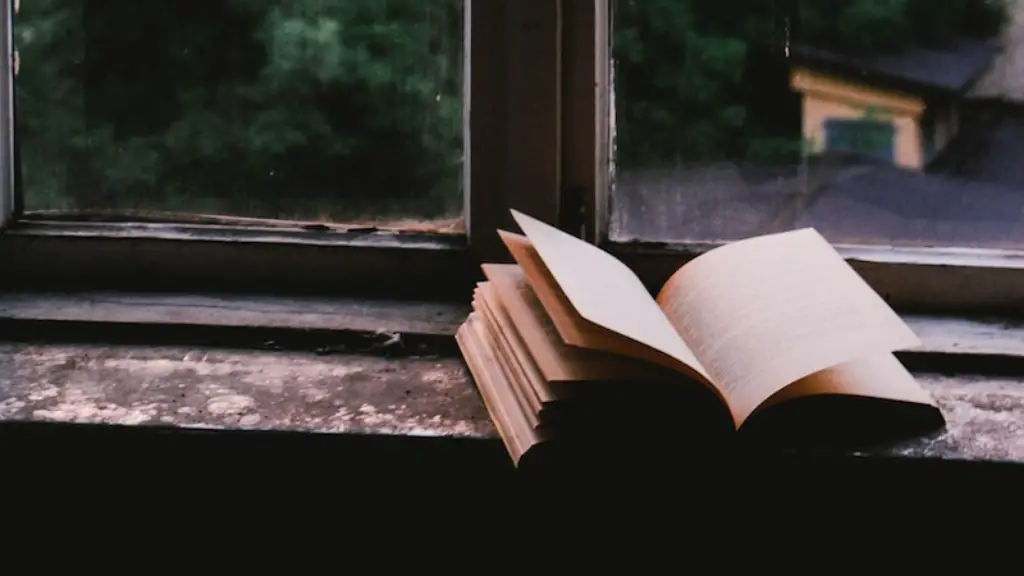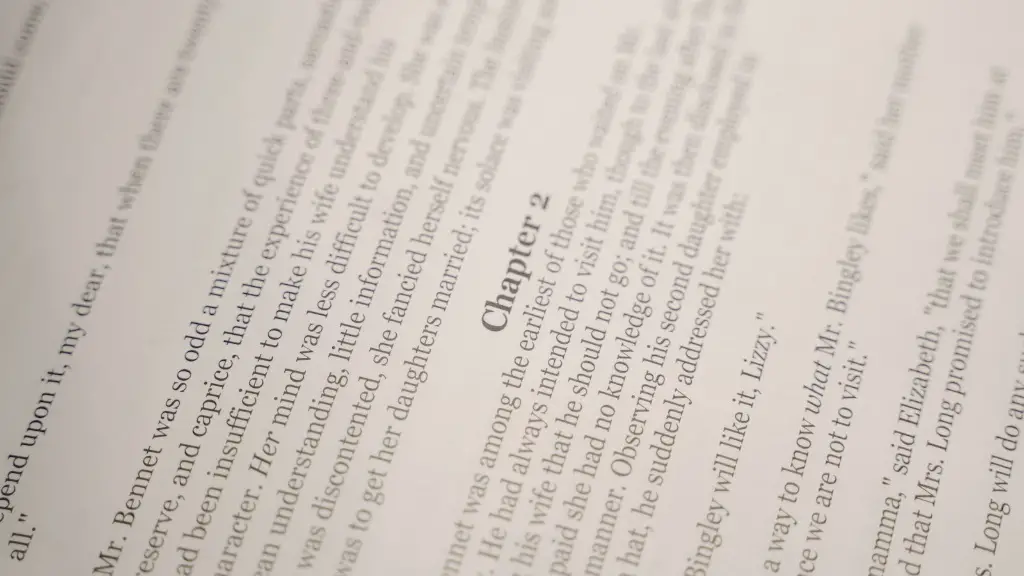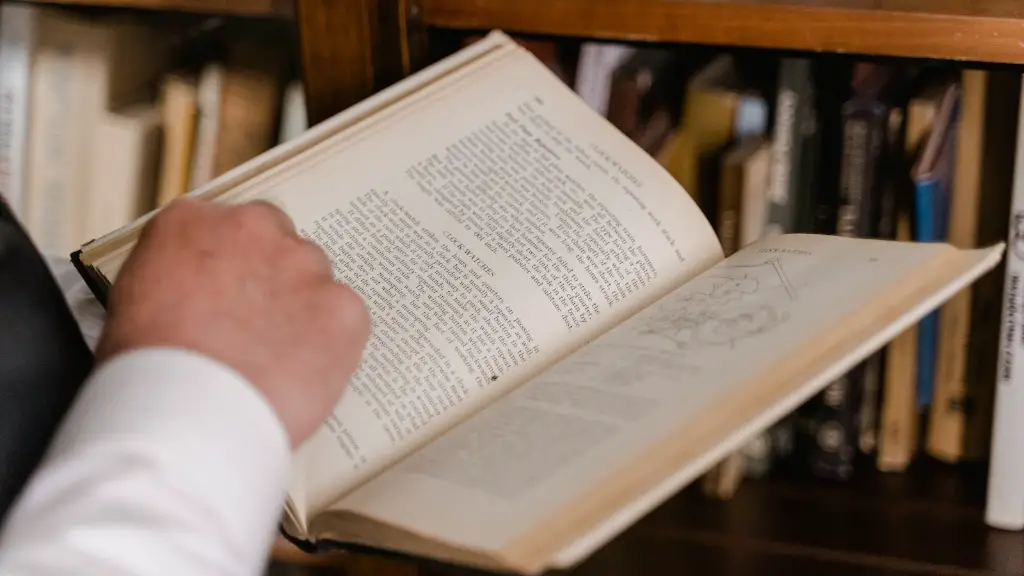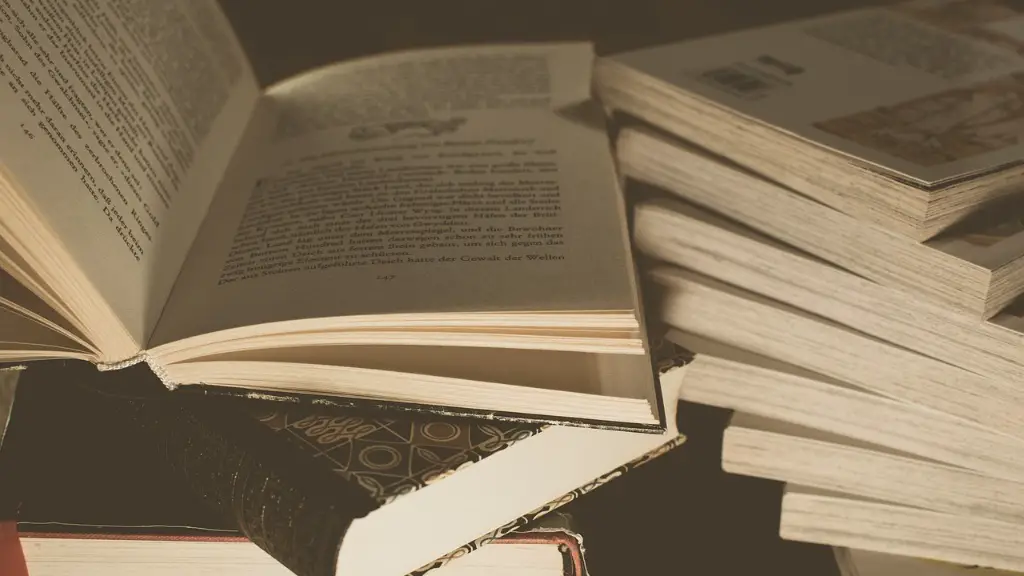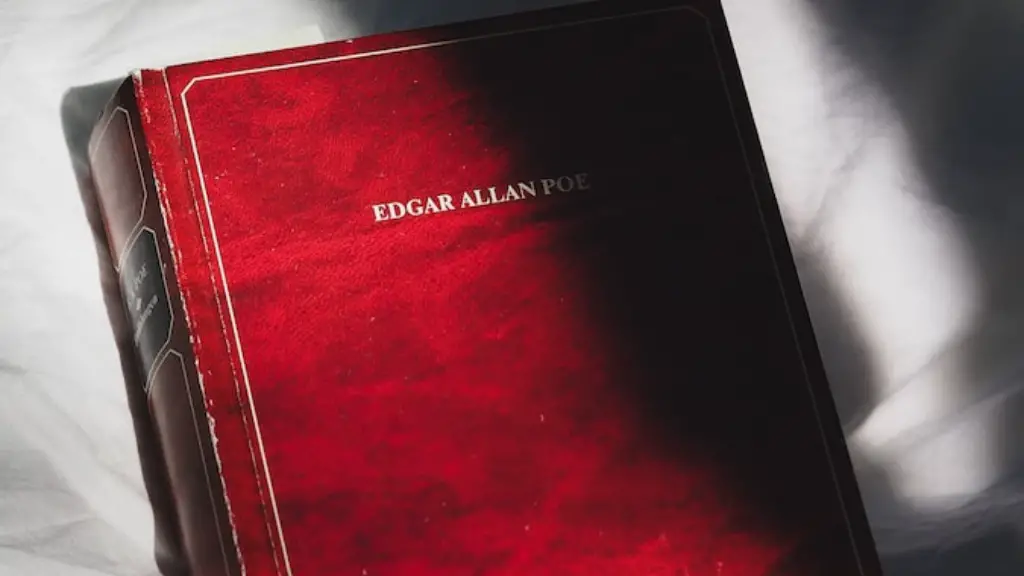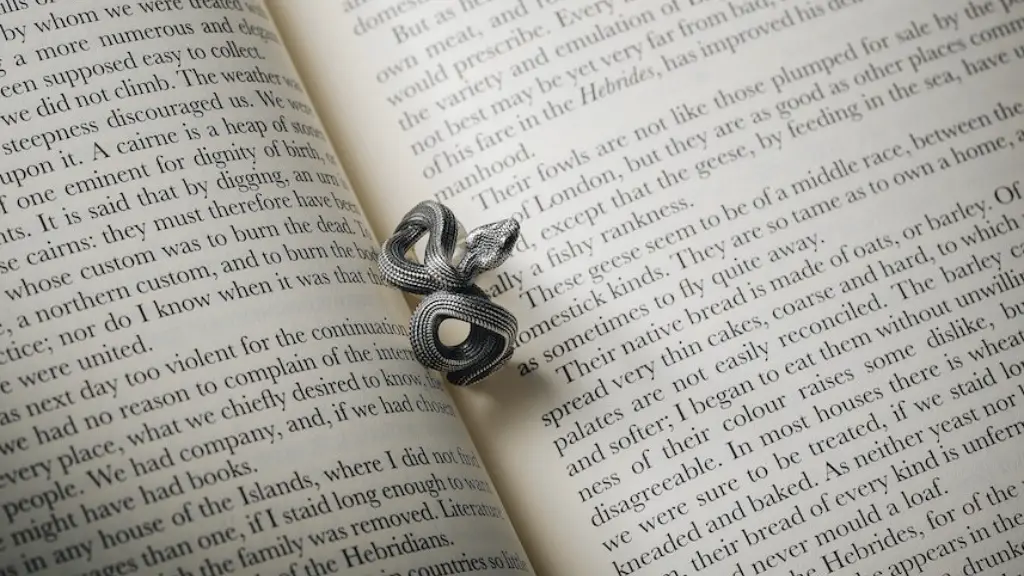Elements of Romantic Poetry
Romantic poetry is characterized by its focus on emotion, beauty, and nature. It was a reaction against the rigid, structured conventions of 18th century poetry and was a major distinguishing factor in the development of modern poetry. The main elements of romantic poetry are idealism, emotion, subjectivity, freedom from conventions and reflective attitude.
Idealism
Romantic poets emphasized the idealization of nature and the individual, but they often did so in realistic rather than sentimental ways. They valued imagination and intuition and argued that these were superior to logic and reason. In their poems, they also made use of dreams, symbolism, and myth. Romantic poets aimed to push the boundaries of what was considered appropriate by expressing the unknown, the mysterious, and the sublime. This shift in focus to the interior aspect of life was a major characteristic of romantic poetry.
Emotion
Romantic poetry was filled with intense emotions, especially love and awe for nature. These emotions were often depicted through imagery and were central to the message of the poem. Romantic poets used strong words and vivid images to create powerful emotional impact, and in doing so, sought to elicit a certain level of emotion from the reader.
Subjectivity
Subjectivity was an important element of romantic poetry. The poet gave primacy to feelings and emotions, rather than to the objective truth. Romantic poets sought to avoid the conventions of their age and to focus on individual perspective instead. This resulted in highly personal, lyrical, and often emotional poems.
Freedom from Conventions
Romantics rejected the conventions of their age and sought to create something new. They believed that life and art should both be full of passion and individual experience. This meant that traditional genre conventions, rhyme schemes and poetic forms were often ignored in favour of more creative forms. Consequently, romantic poetry was often experimental, and some romantic poets wrote in a prose-like style.
Reflective Attitude
Romanticism stressed the importance of self-reflection and introspection. Romantic poets used their writing as a means of exploring themselves, their emotions and their place in the natural world. To achieve this, they sought to create images that were both vivid and true to their own experience. For this reason, romantic poetry is often reflective and thought-provoking.
The Role of Nature
Nature was another essential element of romantic poetry. Romantic poets often used imagery of nature to express their feelings and emotions, and in doing so, to evoke a sense of being at one with the elements. Many romantic poets used nature to explore emotions and values and to draw attention to the beauty and power of the natural world.
Muses of Romantic Poetry
The importance of love for romantic poets was often personified in the form of a muse, who was seen as a source of inspiration and enlightenment. Muses were used to create a powerful emotional connection between the poet and reader and served to emphasize the poet’s feelings of love and desire.
Symbolism
Romantic poets often used symbols to emphasize certain emotions or ideas in their work. Symbols were used to encourage feelings of nostalgia, awe, and wonder and to create powerful images. For example, a star might be used to symbolize hope, while a blade of grass was used to emphasize the fragility of life.
Form and Structure
Romantic poetry often did not adhere to a strict form or structure. As such, it was often quite free-flowing and loosely structured. Many romantic poems lacked a consistent meter and rhyme pattern, instead making use of alliteration and imagery to create an emotive intensity.
Imagery
The use of vivid and powerful imagery was another key element in romantic poetry. Poets used imagery to create a sense of wonder and awe, as well as to draw attention to the beauty of nature. In doing so, romantic poets sought to emphasize the importance of creativity and imagination, and to move their audience emotionally.
Narratives
Many romantic poets used stories and narratives to explore their feelings and emotions. In doing so, they often wrote about themes such as love, loss, and longing. This created a sense of nostalgia and authenticity that was highly valued in romantic poetry.
Personification
Personification was another key element of romantic poetry. By giving inanimate objects and animals human qualities, romantic poets sought to create a sense of empathy and a connection between the reader and the subject of the poem.
Theories of Identity
Identity was a major concern for romantic poets. Many sought to explore their sense of self and their place in the world. As such, they often made use of classical theories of identity to explore the relationship between the individual and the collective identities of class, gender, and nation.
Structure and Language
Romantic poets used a variety of poetic techniques to convey their ideas, including the use of alliteration, assonance, and rhyme. They often drew on classical sources, using the language and structure of the classical period to give their works an air of timelessness and stability.
Audience
Romantic poets sought to engage their audience by creating a powerful emotional connection with them. By using vivid imagery, powerful symbols, and emotive language, they aimed to draw their audience in and leave them with an experience that was both memorable and therapeutic.
Influence of the Past
Romantic poets often drew on the works of classical poets such as Virgil, Homer, and Ovid. They used these ancient sources to construct powerful images and to explore philosophical and psychological issues. In doing so, they sought to create a timeless and profound work that was as much a product of their own time as it was of the classical world.
Visionary Poets
Visionary poets were one of the major influences on romanticism. These poets often made use of hallucinatory imagery and narrative to explore metaphysical themes. They often sought to evade traditional morals and conventions and embraced a more spiritual approach to the universe.
Analysis of Romantic Poetry
Romantic poetry has been subject to intense analysis and debate since its emergence in the 18th century. Critics have explored its themes, symbols, and structure, and have argued over its meaning and relevance to contemporary society. However, one thing that all agree on is that romantic poetry is both beautiful and profound.
Conclusion
Romantic poetry is a complex and fascinating genre that is full of powerful emotions and imaginative imagery. Its focus on idealism, emotion, subjectivity, freedom from conventions, and reflective attitude makes it a powerful mode of expression. While it has undergone much analysis over the years, its timelessness and beauty has endured, making it one of the most influential literary periods of all time.
